Rolling Papers Rick & Morty Pure Hemp Kingsize Slim + Filter Tips
45,000₫
Out of stock
History and Evolution of Rolling Papers
Rolling papers have been an essential accessory for smokers for centuries, with their origins tracing back to traditional practices of hand-rolling tobacco and other substances. Historically, various materials were employed to create these papers, each contributing to the unique smoking experience. The earliest forms of rolling papers can be linked to natural materials such as leaves and bark, which served as rudimentary wrappers for tobacco. Over time, as smoking became more widespread, innovations in paper-making led to the introduction of specialized rolling papers.
The shift towards more refined materials began in the 19th century, with manufacturers experimenting with rice paper, hemp, and wood pulp. Rice papers, known for their thinness and slow-burning qualities, gained popularity in regions such as France and were highly favored by rolling enthusiasts. Meanwhile, hemp papers emerged as a sustainable option, drawing on the plant’s natural properties. Wood pulp, commonly used for its availability and cost-effectiveness, became another prevalent material in rolling paper production.
The cultural significance of rolling papers cannot be understated, especially within communities that embrace the art of smoking. Different cultures have developed unique methods of rolling and smoking, influenced by regional preferences and materials available. Key milestones in the development of rolling papers include the establishment of notable brands that have shaped the industry, such as Rizla and OCB, which pioneered innovations in paper design and packaging.
As the industry has evolved, modern innovations such as flavored rolling papers and eco-friendly options have emerged, catering to changing tastes and environmental concerns. The roller machine and pre-rolled cones are additional contributions that have transformed the convenience of rolling. By continually adapting to consumer preferences and technological advancements, the rolling paper industry has ensured its relevance in a diverse smoking culture.
Choosing the Right Rolling Papers: Factors to Consider
Selecting the appropriate rolling papers is crucial for enhancing one’s smoking experience. The first factor to ponder is paper thickness, which can significantly influence the burn rate and overall experience. Thicker papers tend to burn slower and are less prone to tearing, while thinner papers provide a more immediate smoking experience but can burn too quickly for some users’ preferences. Generally, smokers looking for a lighter, more subtle flavor may prefer ultra-thin options, which are less obtrusive than their thicker counterparts.
Another key factor is the burn rate, which refers to how quickly a rolling paper ignites and burns. This characteristic is often shaped by the materials used in making the paper. For instance, rice papers are frequently praised for their slow burn rate without compromising flavor. Conversely, hemp papers are durable and provide a moderate burn rate, making them suitable for a variety of smoking preferences. Testing different burn rates can help users find the best option tailored to their smoking habits.
Flavor is also an essential consideration when choosing rolling papers. Some smokers prefer flavored options, which can add an extra layer of enjoyment to the experience. However, these papers may alter the flavor profile of the product being smoked. Unbleached papers are often favored for their natural taste and reduced chemical presence. On the other hand, flavored rolling papers can appeal to those who appreciate a specific taste during their sessions.
Finally, size matters. Rolling papers come in various dimensions, with standard, king-size, and even extra-large options available. The choice largely depends on personal smoking habits, with larger papers commonly preferred for group sessions or users wishing to pack more herbs. Overall, understanding these factors equips individuals with the knowledge to make informed decisions, ultimately enhancing their overall enjoyment of smoking.







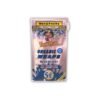

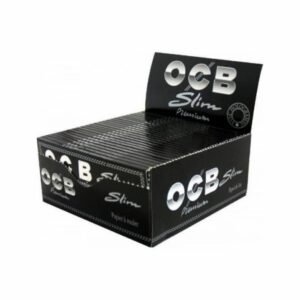


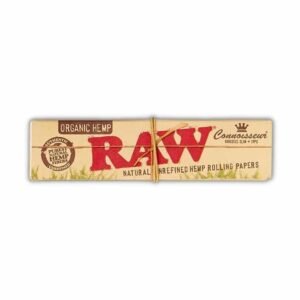




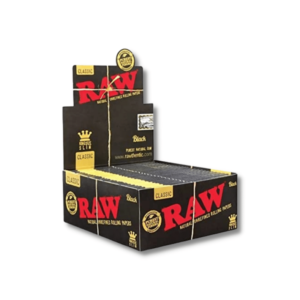

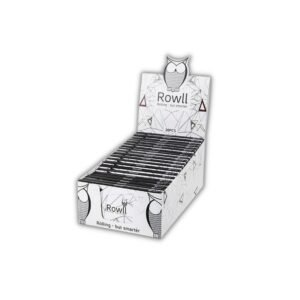





Reviews
There are no reviews yet.